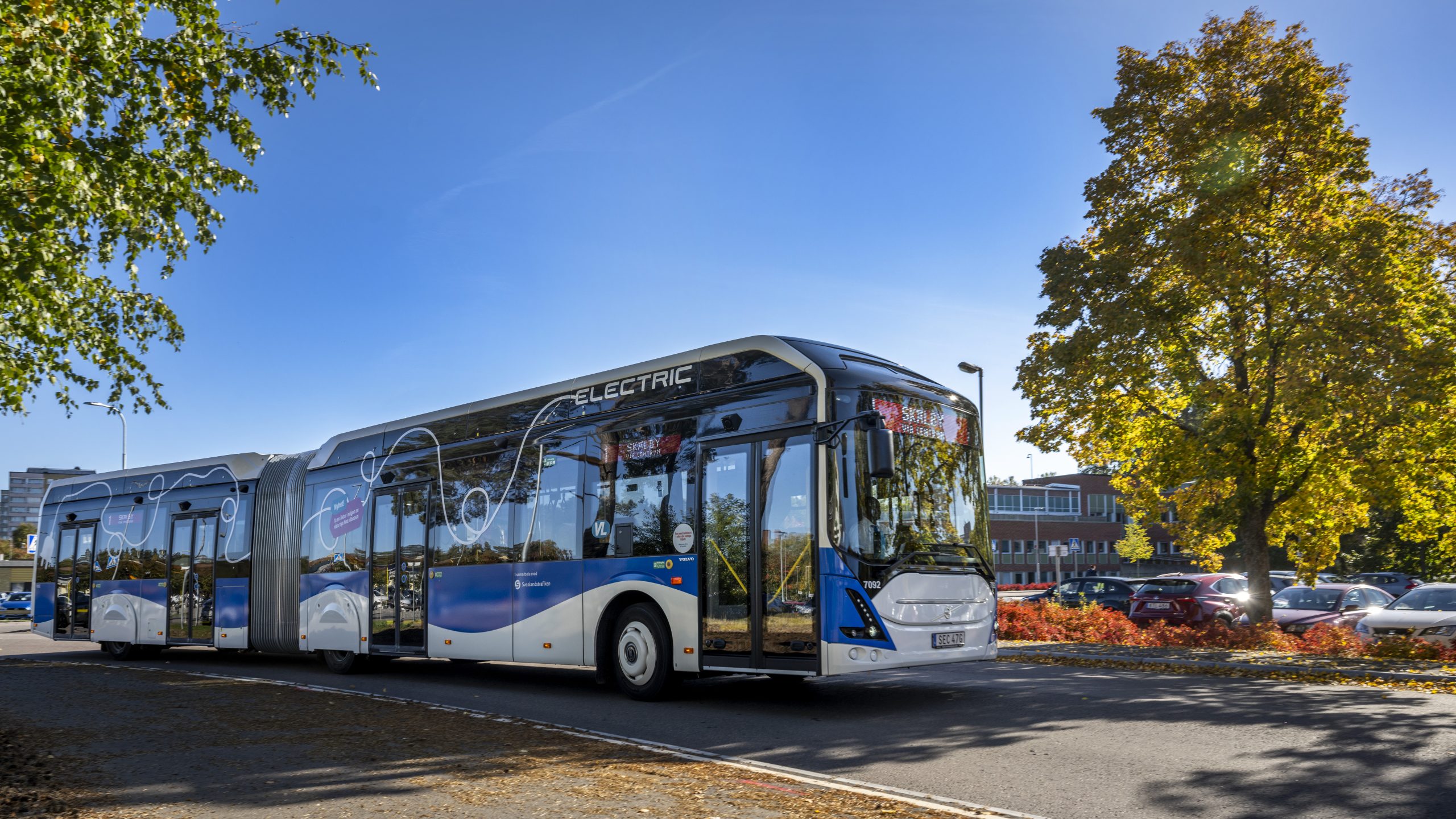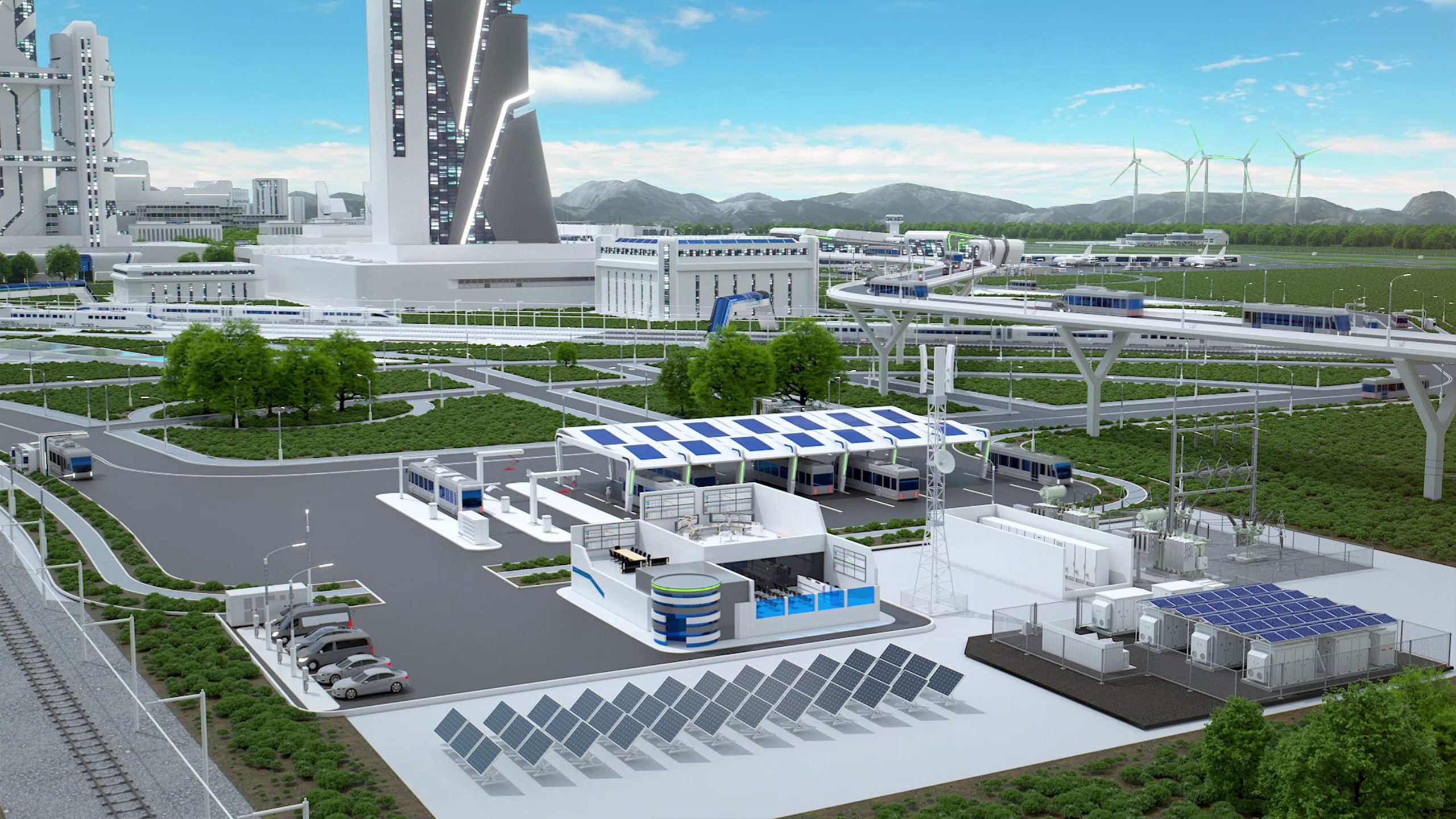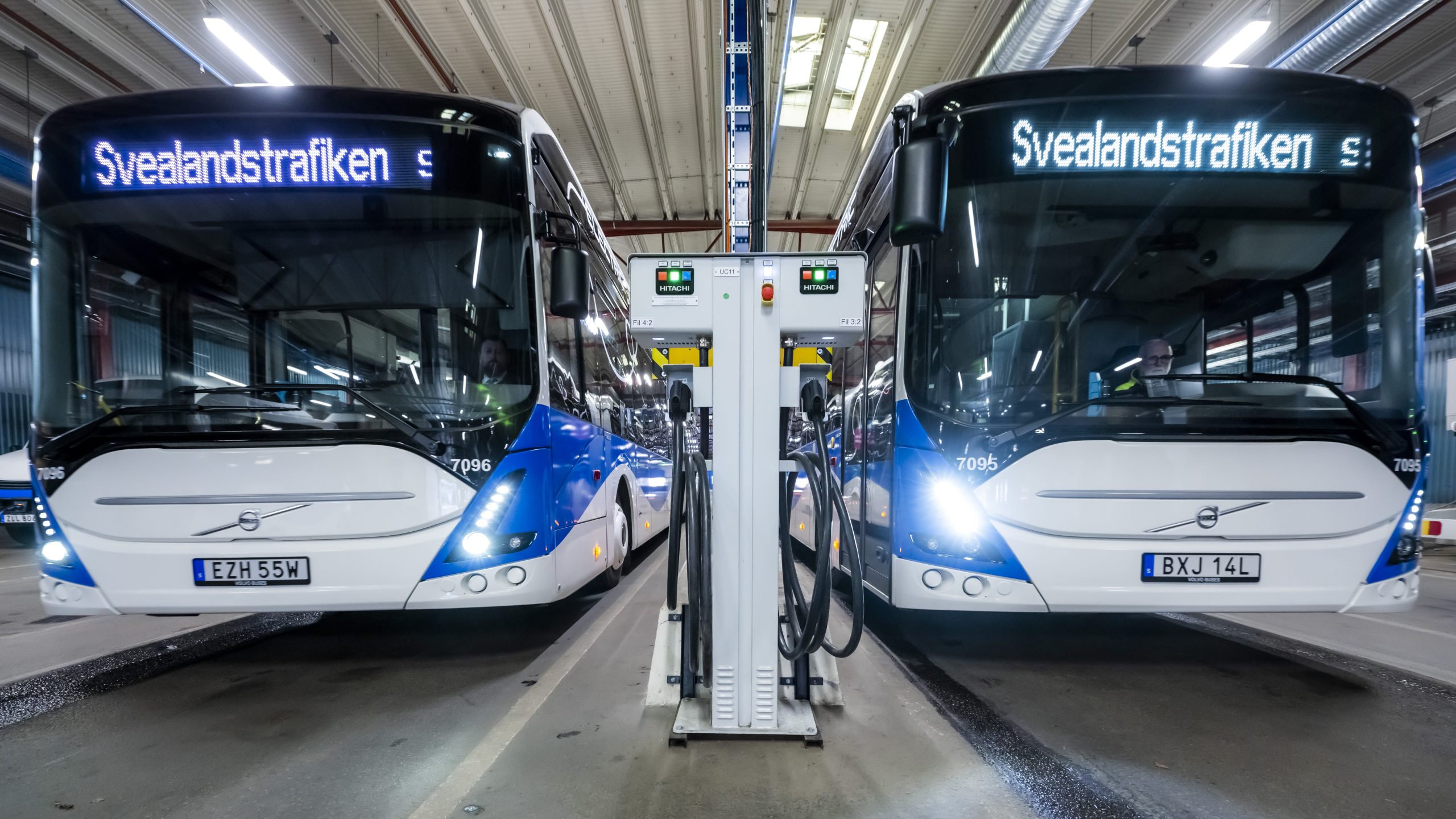
Revolutionizing sustainable mobility for PEOPLE
Fasten your seatbelt – the journey to sustainable public transport is here. Rapid urbanization, growing passenger numbers, and the journey to reduced CO2 emissions have accelerated the need for sustainable mobility. Greener, cleaner, and quieter public transport modes can be scaled across cities and regions with innovative solutions in electrification and digitalization.
The time to connect, charge and optimize your e-fleets is now. Get ready to move with us.

Cities are growing, and passenger numbers are rising. Rapid urbanization is just one of the driving factors behind the quest for a low-carbon and greener society – and how people move is a prime concern for local governments around the globe.
As society becomes more attuned to the sustainability missions that underlay the Paris Agreement and the UN’s 2030 sustainability goals, operators increasingly need more sustainable transportation options. For cities, this means public transportation, including high-speed passenger rail, metro, light rail, trams, and electric buses.
The question of widespread electric vehicle uptake is no longer a matter of ‘if’ but rather of ‘how soon?’
Public transport authorities and operators need sustainable options that help connect their growing e-fleets to the grid, scale depots with cost-efficient and reliable infrastructure solutions, and optimize energy costs to operate profitably.
Similarly, power grids need to be adapted and expanded to support the electrification of transportation modes (rail, land, air, and marine) and multiple other sectors, which will collectively increase electricity demand. The resulting energy system of the future will be very complex and require the most advanced digital tools and software solutions available.
On top of this, ensuring optimal and prescriptive maintenance strategies necessitates investment in real-time, intelligent data analysis. Digitalization is the only way to manage this grid complexity. Hitachi Energy wants to help you with this transition.
Connect your e-fleets to the grid
Sustainable mobility is growing exponentially around the world. The average electric bus will require 300 to 500 kWh of total energy, and currently, bus depots are not ready to handle this energy load – more power is needed.
To prepare for this shift to EVs, it is essential to understand trends in energy consumption in local markets and what changes or upgrades might be needed to address growing demand. By empowering cities with real-time data, they can make the right investments to support their growth.
Charge everywhere

So, you’ve purchased the electric bus fleet, but now where will you charge it?
Electrical solutions require supporting, scalable infrastructure. This is the only way to increase reliance on these greener alternatives. Yet, most current infrastructure is not ready to support the energy demands of the electric transportation era.
To address this growing demand, electric infrastructure should be:
- Scalable to meet the needs of growing e-fleets,
- Modular for increased agility, and
- Occupy a small footprint.
One approach to minimize the needed investment in charging capacity at the depot is to complement centralized charging infrastructure with fast charging solutions along the bus route.
Optimize and conserve energy at every stop
To maximize the energy efficiency of electric fleets, access to an energy management system that centralizes energy supply and demand is needed. Various dynamic factors like user demand and traffic conditions all impact when and how much energy a vehicle consumes.
By adopting an intelligent energy management system, fleet scheduling can be optimized to minimize costs and keep EVs moving. Not only does this reduce the environmental footprint across the network – it keeps more vehicles on the road longer.
Hitachi Energy has many digital tools to help with optimization, which include:
- Energy portfolio management (EPM)
- E-Mesh™ energy management systems (EMS)
- Enterprise asset management
- Field services management
- Vegetation management
- Fleet management
- Fleet advanced AI solutions

From electrification to digitalization, Hitachi has an end-to-end offering to support all EV fleet operations.
